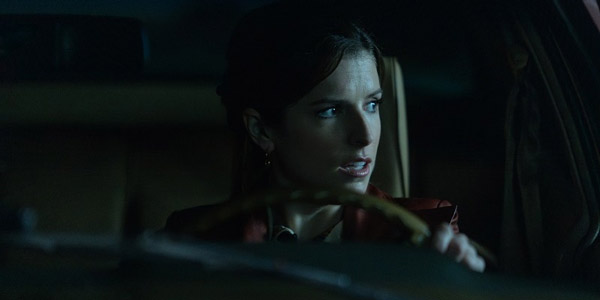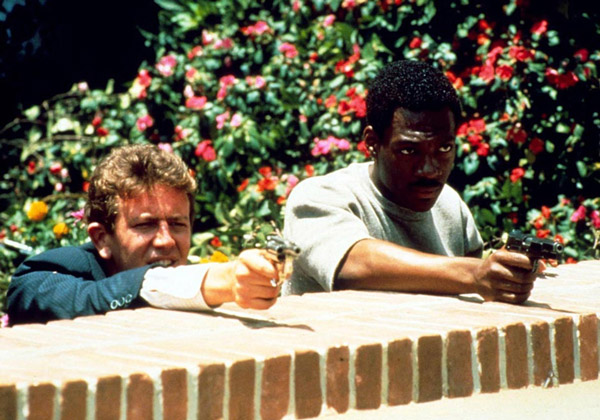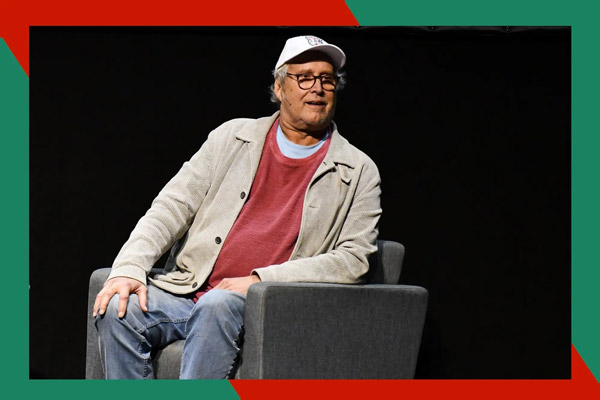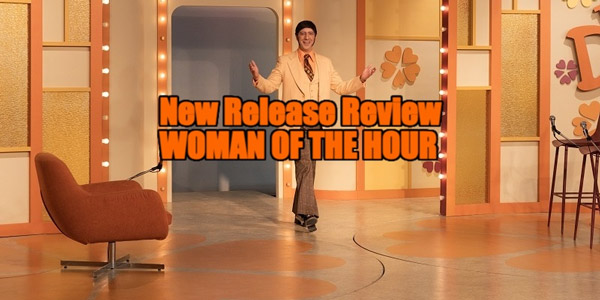
In 1978, a woman named Cheryl Bradshaw found herself in the role of the "bachelorette" on an episode of The Dating Game. Her job was to choose from one of three "bachelors", who were hidden behind a screen, by asking them a serious of questions and determining their suitability for a date by their answers. On shows like this, the guys do their best to provide witty answers and come off as charming, but the reality is that the woman is simply trying to determine which of them is the least creepy. After asking a series of questions, Cheryl decided that the least creepy bachelor was a 35-year-old named Rodney Alcala. Ironically, Rodney was a serial killer who had murdered at least five women at that point and would go on to claim more victims.
Anna Kendrick's directorial debut, Woman of the Hour, sees Kendrick cast herself in the role of Cheryl, though it's a heavily fictionalised account of her experience. Here, Cheryl is an aspiring actress who is about to quit Los Angeles due to her inability to find work. We meet her first as she endures a degrading audition in which two men tactlessly discuss her physical appearance before dismissing her. Cheryl's agent can't find her any acting roles, but she does land her a spot as the bachelorette on The Dating Game.
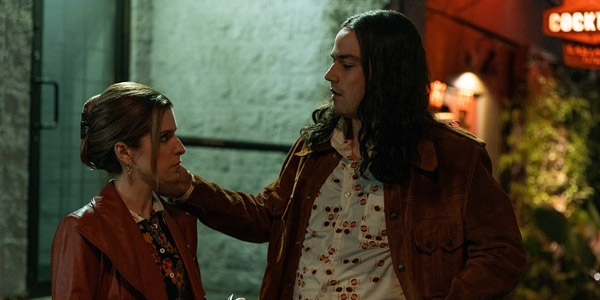
Much of the film is devoted to the recording of the show, with Cheryl sarcastically mocking the whole setup, much to the annoyance of show host Ed Burke (Tony Hale). The real host was Jim Lange but given how Ed is portrayed as a racist and misogynist here, the filmmakers probably didn't want to get sued for defamation. Unaware of the true nature of bachelor number three, Cheryl begins to unironically enjoy herself. Meanwhile, behind the scenes, audience member Laura (Nicolette Robinson) recognises Rodney (Daniel Zovatto) as the man her friend was last seen with before she was murdered. Laura's attempts to warn Cheryl are thwarted by various disbelieving male figures, including her boyfriend and a security guard who sends her on a wild goose chase.
The Dating Game segment is actually the weakest part of Kendrick's film, largely because Cheryl has been rewritten in a way that makes her seem as though she's a 21st century woman who has travelled back in time to 1978. The witty questions she asks her potential dates come off as the product of a screenwriter's mind and are a million miles from the goofy questions the real Cheryl asked. In this version Cheryl rewrites her questions in a manner that exposes bachelor number one as a moron and bachelor number two as a sexist oaf, but it's impossible to accept that the show would allow itself to be hijacked in such a manner. The implied suggestion that Cheryl outwitted Rodney because of her intelligence feels a little offensive to the women who didn't survive their encounters with the killer. Laura's subplot is never quite as tense as it should be, largely because unlike Cheryl and the other women that cross paths with Rodney, we know Laura is a fictional creation, one shoehorned in for extra drama the film doesn't need.
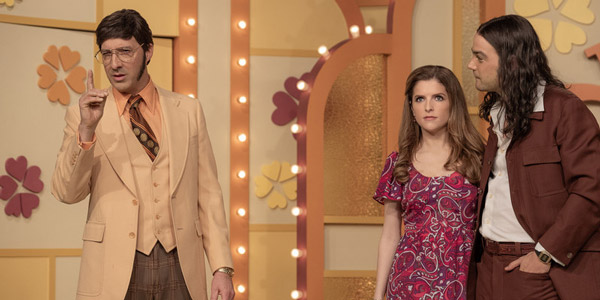
When Woman of the Hour gets away from the bright lights of the Dating Game studio it really comes alive. Cheryl and Rodney never actually went on a date in reality, but Kendrick and screenwriter Ian McDonald invent a scenario where the pair go on an impromptu date immediately after shooting their episode. Zovatto and Kendrick brilliantly portray the change in mood as Rodney's initial charm turns to something more menacing when Cheryl makes the mistake of laughing at a statement she was supposed to be impressed by. The scene plays out in a very era-specific tacky tiki bar, and the garish red lighting becomes almost expressionistic as Cheryl realises she's put herself in a dangerous situation. A subsequent walk to Cheryl's car is imbued with an agonising sense of dread.


